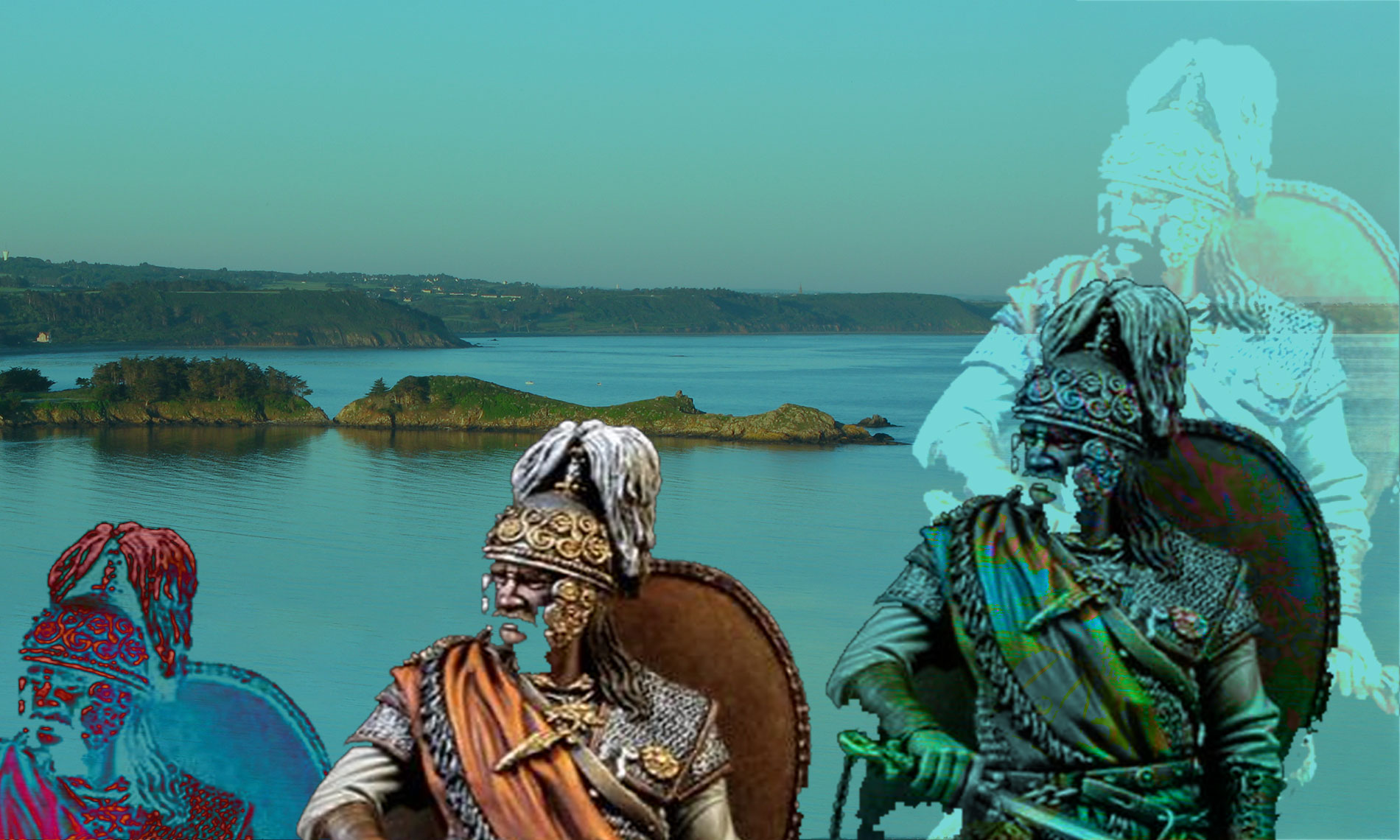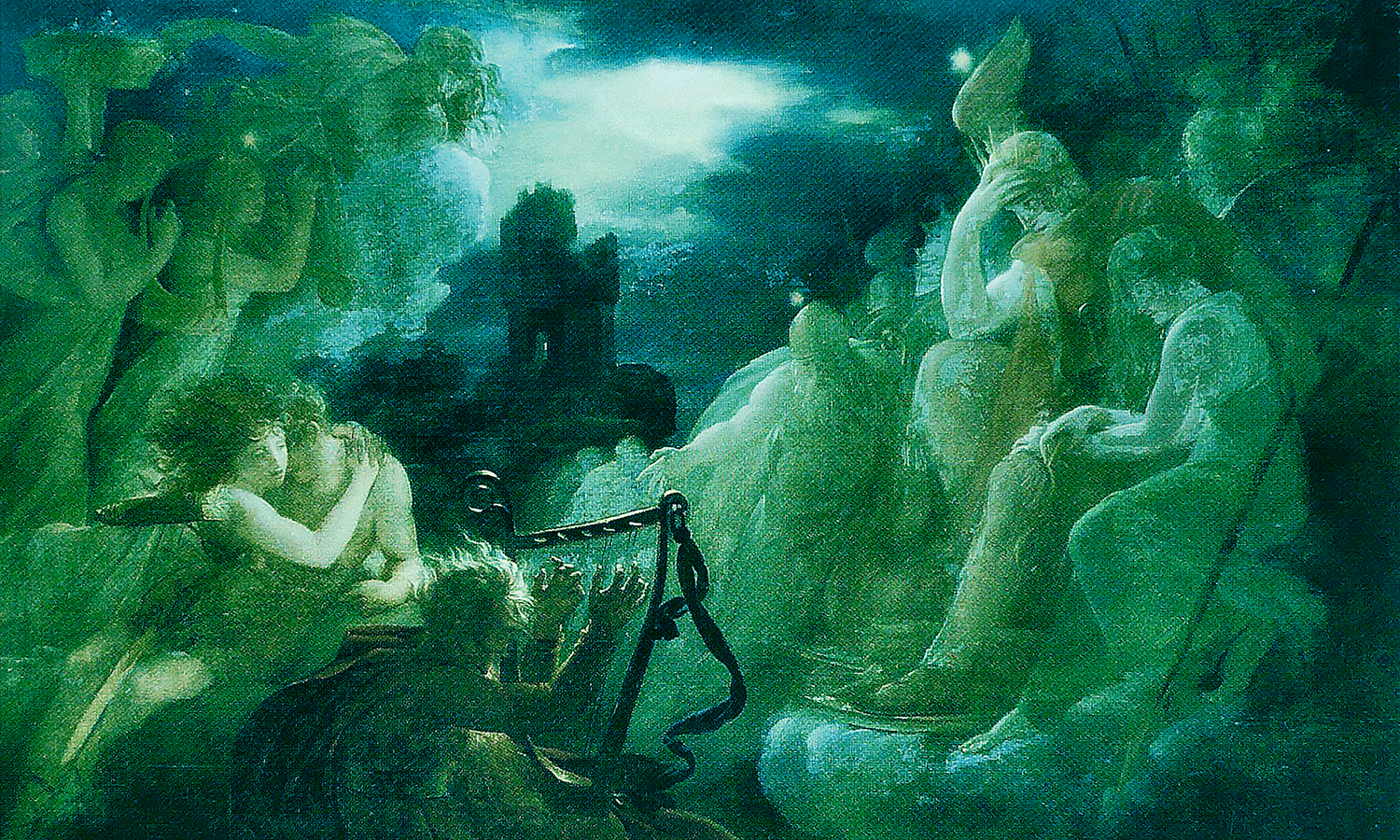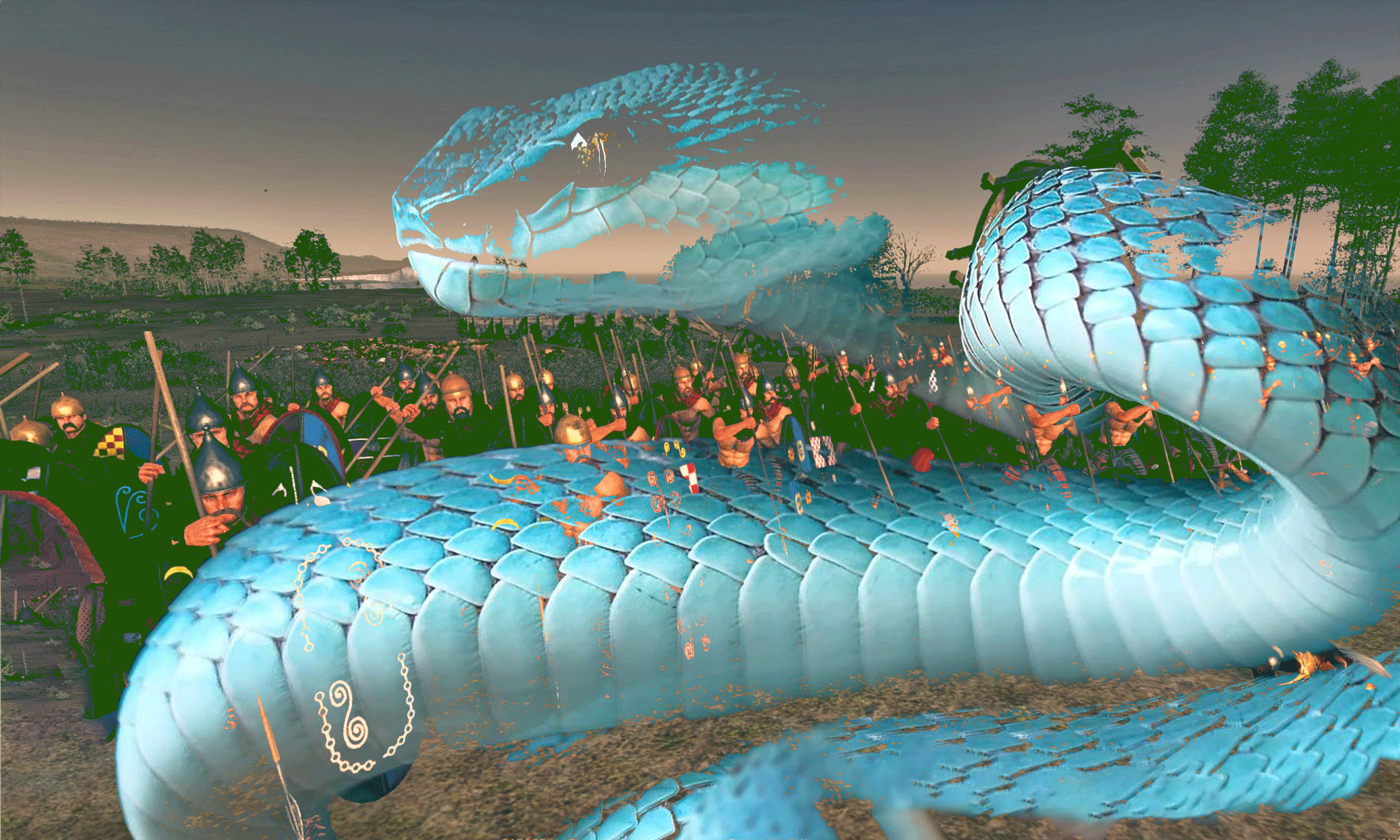
Coming from the east, from the island of Atlantis or even from further, from Celtic Europe, from Osirian Africa or from the Sumerian Orient, the Serpent People came to America. They came in longer boats, much longer than the native canoes. There they became gods among the natives.
In the mountains of Guatemela lived tribes with ancient traditions, called Quiche. Come once from Yucatan, the Mayas peninsula, they carefully kept their religion and myths, to the point they are called the Southern Mayas. Their holy book, Popol Vuh or Pop Vuh, contains the precious myths that are the ancient history of all cultures of Mesoamerica. Here we find Quetzalcoatl, the white god of the Aztecs, that the Quiches called Gucumatz: one of the seven gods who created man with corn powder.
Very well. So our designers were seven. Again, the myth of the single creator takes a nasty blow, but OK. Prior to joining the Maya Quiche, “Gucumatz and his companions lived in the sea or on the sea…” When they arrived in America, they came from the east. They came from the Big Island Aztlan, that Plato named Atlantis, and that Oera Linda Boek calls Aaltland. According to the Mayans, they had landed on the island of Cozumel, near Yucatan.
“The first men came from the east, along with twenty glorious leaders, with long loose clothes and long beards.” (source)The Chilam Balam of Chumayel These men with their Celtic or Scandinavian style, coming from Aztlan, no doubt, they are Atlanteans. Mesoamerican traditions are unanimous: the People of the Serpent looks like the Celts, or rather their predecessors the Tuatha, these giants who ruled the pre-Celtic Ireland. “The boats carried white-skinned beings, to whom some traditions lend a tall size and blue eyes.

They had strange clothes and their forehead adorned emblems similar to intertwined serpents. The natives who saw them land recognized on their faces the symbol of the Sacred Serpent they worshiped, and knew then that these foreigners were their gods, descended from the sun to teach them and guide them.” (source)Edward Thompson, The People of the Serpent, life and adventures among the Mayans, 1932
“This is the beginning of the arrival of the first men, come from the place called Aztlan. They arrived by water, four tribes, rowing in boats. They built their huts on pillars at a place called the Cave of Quinevayan. This is from there that came the eight tribes… this is there they were founded in Colhuacan, Mount Crooked.” (source)Nahuatl tradition quoted by Andrew Collins, The Roads Of Atlantis, 2005 Should we conclude that the Serpent People, originating from Atlantis, is the same as the Serpent People of Ireland, the Tuatha dé Danaan ?
They were brave giant warriors with huge powers, who once came to Ireland from the four northern islands called Falias, Gorias, Findias and Murias. I suppose that these islands are the names of engulfed provinces of Atlantis.
At this point in my quest, I have many questions and few answers. The Atlanteans and the Tuatha seem born in the same kingdom, or in friendly kingdoms, enjoying the same development. But the Tuatha -if they willingly are the elven people- are not Atlanteans. They are Hyperboreans because Atlantis had long since returned to the Pleiades.
Do not forget that during the antediluvian era, around -10 000, many developed civilizations rivaled in technology and weaponry. Do not forget that the men of the Snake People are also flying men. When was the legend of the Tuatha of Ireland? The epic of the People of the Serpent across the Atlantic? Mystery… According to tradition, Cúchulainn went to Avalon. In many ways, this magical island might be Atlantis, or what remains of it since its sinking, namely the island of Cuba.
Many Mayan clans worshiped a god named Votan. They would have received this cult of whites landed on the Gulf Coast, between Yucatan and Tehuantepec.

They came from Cuba, but they were originating from a place farther north. This god Votan strangely reminds of the god Wotan of the Celts of North. There is at least a Mayan temple with a fresco, now invisible to the naked eye, dated the 11th century, which represents whites with long blond hair aboard long boats with a bow raised in dragon head that look like the longships of the Bayeux Tapestry. Please recall that this tapestry shows the Battle of Hastings in 1066 …
1066, the same time as the Mayan fresco. Furthermore, we found the remains of a Viking ship on the coast of Maine – or another united state. The saga of Erik the Red, the bold Viking who discovered America several centuries before Columbus, goes from myth to history, if only one wants to join all these good clues. And prior to Erik, it is likely that other sailors such as the mussels’ fishers of Yoruba country, these blacks of the Olmec heads, have crossed the Atlantic.
Among these bold navigators figured a certain Cuchulainn, that the Maya called Kukulcan. Thus the famous Cuchulainn of Ulster after many battles and glorious facts, reached the islands of Atlantis and then Mesoamerica… This scenario seems very complicated. I think Cuchulainn is Atlantean, and not from Ulster. This is one of three sons of Lugh, the last of the giant god-kings who reigned in Atlantis. Cuchulainn had three brothers, three princes without kingdom, because Avalon – the island of Atlantis – was no more.
The other two brothers, the most illustrious princes, have faced the same cruel fate, escape from a magical island to reach unknown lands. One son chose to go east. He reached Europe and then the Middle East and India. His name was Ram, Aries. The Hindus still worship him under the name of Ram or Rama. The third son, Enki, left Atlantis to the West, like his brother Cuchulainn. He reached the Andes through the underground way, and emerged in a submarine right in the middle of Titicaca Lake.
Since then, the Andeans worshipped him under the name of Tiki, for Enki. They also called him Viracocha, sea foam, for he has come out of the lake in a shower of foam.
The last son of Lugh reigned in the land of Dilmun, the current Lebanon, under the name of Enlil. He was called Saddam, which means the ruler — and new religions named him Satan.



